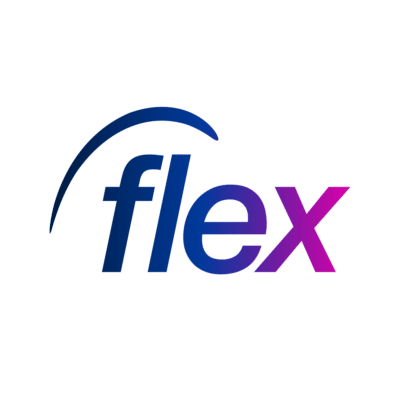
For industries such as hospitality, retail, logistics, and care, the biggest obstacle to profitability often isn’t competition—it’s outdated recruitment processes. Traditional approaches, characterized by manual workflows, fragmented systems, and a reliance on multiple agencies, lead to spiralling costs, inefficiencies, and a lack of visibility.
The result? Businesses lose significant resources every day through overstaffed shifts, high agency fees, and lost productivity, perpetuating inefficiencies that hamper growth and innovation.
The challenges of traditional recruitment
1. Lack of visibility
Hiring managers are often flying blind. Many companies struggle to track the source and cost of temporary staff, relying on spreadsheets and paper timesheets to manage a complex network of agencies. Without clear oversight, leaders can’t see where their money is going, making it nearly impossible to identify inefficiencies or optimize workforce spending.
2. Spiralling costs
Standards and processes vary significantly across agencies, creating inconsistencies in worker quality and leading to inflated costs. Without centralized oversight, businesses find themselves paying excessive fees for suboptimal results, all while struggling to control agency spend.
3. Operational inefficiencies
Fluctuating consumer demand means staffing needs change daily, especially in sectors with low margins and high employee turnover. Traditional methods don’t provide the flexibility or speed required to meet these challenges. As a result, shifts are often over- or under-staffed, directly impacting productivity and profitability. Notably, being understaffed can affect staff morale, and lead to burnouts and high turnover – something to be avoided.
4. Misalignment with workforce priorities
The modern workforce prioritizes flexibility, work-life balance, and transparency. However, traditional methods often require workers to navigate inefficient systems, such as endless phone calls and unclear job opportunities, creating frustration and disengagement.
The role of technology in addressing these challenges
The disconnect between businesses’ goals and their recruitment processes is what some call the ‘tech gap’. Companies aspire to be more flexible and efficient, yet outdated systems leave them bogged down by inefficiencies. Bridging this gap requires investment in workforce technology that enables greater control, transparency, and adaptability.
1. A centralized ecosystem
Vendor Management Systems (VMS) provide a comprehensive, end-to-end solution for managing contingent labor. By consolidating data from multiple agencies into a single platform, VMS technology gives businesses complete visibility into their workforce. Leaders can track costs, monitor performance, and ensure compliance—all from one digital interface.
2. Data-driven insights
Modern workforce platforms integrate advanced analytics to help businesses make informed decisions. Real-time reporting allows companies to identify inefficiencies, compare agency rates, and optimize spending. These insights enable leaders to adapt workforce strategies proactively, rather than reacting to problems as they arise.
3. Flexibility and scalability
Technology supports the dynamic needs of industries where demand fluctuates. With a centralized system, businesses can quickly scale their workforce up or down, ensuring they have the right people in the right place at the right time.
4. Improved worker experience
A worker-centric approach is critical in today’s competitive labor market. Platforms that provide transparency and flexibility—allowing workers to choose when and where they work—enhance engagement and retention. This not only benefits employees but also ensures businesses can attract high-quality talent when needed.
How Flex Plus bridges the gap
Flex Plus was designed to address the limitations of traditional recruitment methods by creating an ecosystem that empowers businesses to manage all their contingent needs from a single platform.
- Streamline workforce management: Centralize the management of employees, agencies, and temporary staff, providing full visibility into performance, costs, and compliance.
- Optimize costs: Reduce dependency on agencies by onboarding internal staff and controlling agency fees.
- Scale effectively: Use smart-matching technology to find the right workers for each shift, whether through existing employees, preferred agencies, or the Indeed Flex Marketplace.
- Track and analyze: Access real-time insights into labour spend, shift fulfillment, and worker quality, helping businesses identify gaps and refine their workforce strategies.
By embracing technology like Flex Plus, businesses can reduce agency costs by up to 40%, optimize their workforce strategy, and adapt in real time to changing demands—all without compromising on quality or flexibility.
Why not see what we can do to ensure the smooth running of your workforce management?
Book a demo
Discover a staffing solution tailored to suit your business requirements








